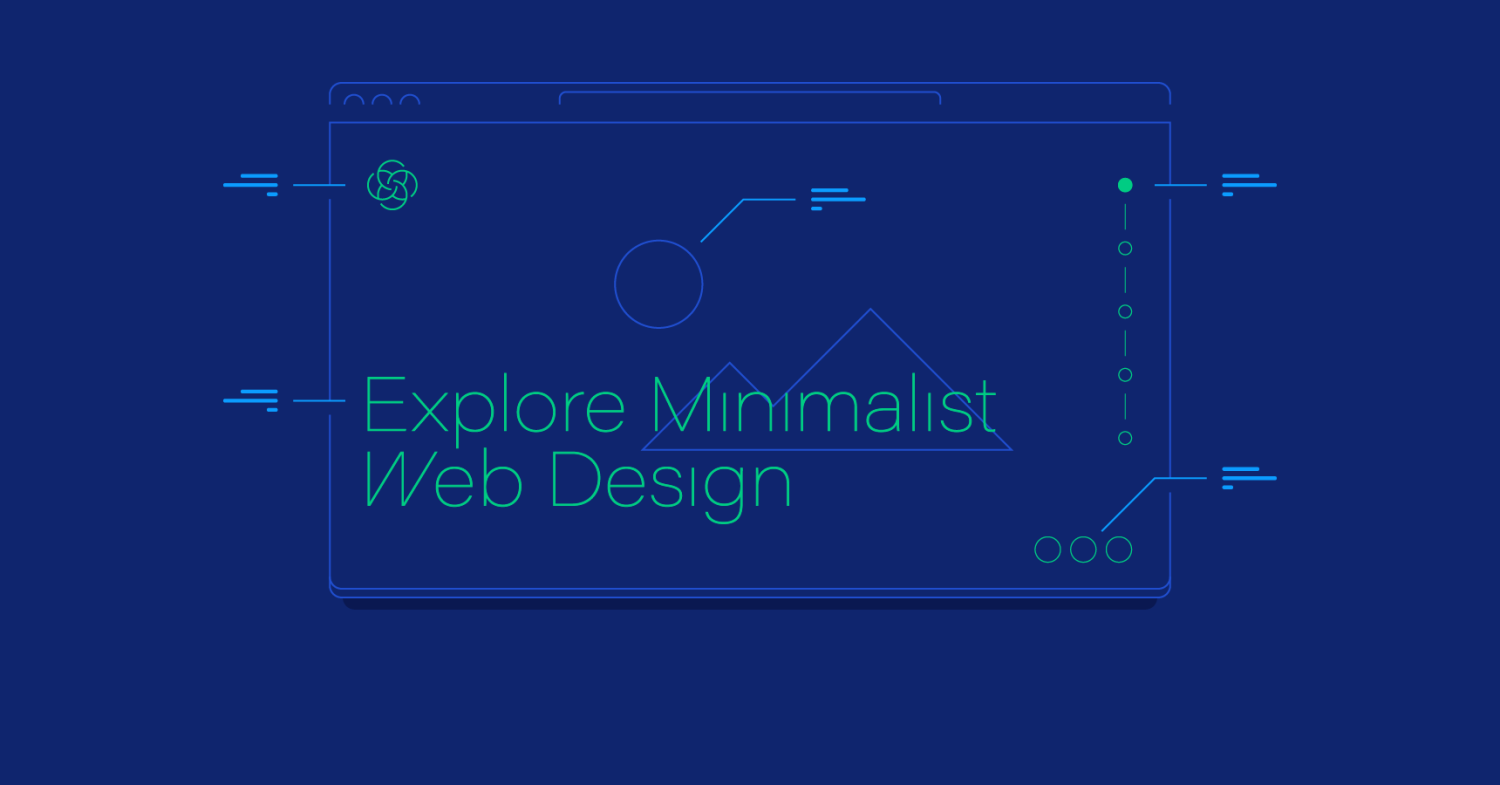
The Art of Minimalism in Freelance Design Projects
In a world that often seems cluttered and chaotic, the concept of minimalism has gained immense popularity. Minimalism isn't just a lifestyle choice; it's a design philosophy that has found its way into various creative fields, including freelance design. In this comprehensive guide, we will explore the art of minimalism in freelance design projects, understanding its principles, benefits, and how to effectively implement minimalist design in your work.
Understanding Minimalism in Design
Minimalism, in the context of design, is about simplicity, clarity, and elegance. It involves stripping away unnecessary elements and focusing on what's essential to convey a message or create an experience. Minimalist design is characterized by:
Simplicity: Minimalist designs are clean and uncluttered, often with a limited color palette and straightforward typography.
Whitespace: White space (also known as negative space) plays a crucial role in minimalism. It provides breathing room for the design elements and enhances readability and visual impact.
Hierarchy: Minimalist designs establish a clear visual hierarchy, guiding the viewer's attention to the most important elements.
Functionality: Minimalist designs prioritize function over form. Every design choice should serve a purpose and contribute to the user's experience.
Reduction: Minimalism involves the reduction of unnecessary elements, such as decorative graphics or excessive text, to create a more focused and impactful design.
Benefits of Minimalist Design
Why has minimalism become such a prominent design approach in the freelance world? There are several compelling reasons:
Enhanced User Experience
Minimalist designs are user-friendly. They eliminate distractions and allow users to focus on the content or functionality. This leads to a more enjoyable and intuitive experience.
Improved Loading Times
In today's digital age, website and app speed matter. Minimalist designs are typically lighter in terms of file size, resulting in faster loading times, which is crucial for retaining users and improving SEO rankings.
Timelessness
Minimalist designs have a timeless quality. They don't rely on trendy graphics or flashy elements that may quickly become outdated. This timelessness can save clients money in the long run as they won't need frequent redesigns.
Versatility
Minimalist designs are versatile and can be applied to various projects and industries. Whether you're working on a website, logo, packaging, or branding, the principles of minimalism can be adapted to suit the project's needs.
Brand Clarity
For businesses and organizations, minimalist design can help convey a clear and consistent brand identity. It simplifies the visual language and ensures that the brand message remains coherent.
Implementing Minimalism in Freelance Design
Now that we understand the principles and benefits of minimalism, let's explore how freelance designers can effectively implement this design philosophy in their projects:
Start with a Clear Brief
Understanding the client's goals and objectives is crucial. A well-defined project brief will help you determine where and how minimalism can be applied to meet the client's needs.
Less is More in Typography
Choose simple and legible typefaces. Limit the number of fonts used in a design, and ensure that they complement each other. Pay attention to font size, line spacing, and readability.
Embrace Whitespace
Whitespace is a fundamental element of minimalism. Use it strategically to create a sense of balance and guide the viewer's eye. Don't be afraid of empty space; it can be a powerful design tool.
Limit Color Palettes
Stick to a minimal color palette. Typically, minimalistic designs use one or two primary colors with a neutral background. This not only simplifies the design but also reinforces brand identity.
Focus on Content
Content should take center stage. Whether it's a website, brochure, or poster, ensure that the content is clear, concise, and well-organized. Use imagery sparingly and purposefully.
Prioritize Functionality
In web and app design, prioritize functionality and user experience. Keep navigation simple and intuitive, and ensure that interactive elements serve a clear purpose.
Consistency is Key
Maintain consistency throughout the design. Use consistent spacing, alignment, and visual elements to create a cohesive and harmonious look.
Test and Iterate
User testing is essential to ensure that your minimalist design effectively communicates the intended message and provides a seamless user experience. Be open to feedback and make necessary adjustments.
Mobile Responsiveness
Given the prevalence of mobile devices, ensure that your minimalist designs are responsive and adapt seamlessly to different screen sizes.
Minimalism in Branding
For branding projects, focus on creating a simple and memorable logo that represents the essence of the brand. Avoid overly complex or detailed designs.
Challenges and Considerations
While minimalism offers numerous advantages, freelance designers should be aware of potential challenges:
Client Expectations: Some clients may have preconceived notions of design that don't align with minimalism. Communication and education are key to managing these expectations.
Balancing Simplicity: Achieving simplicity in design can be deceptively challenging. Striking the right balance between minimalism and conveying the necessary information is an art.
Creativity: Minimalist designs require a different kind of creativity. Finding innovative ways to simplify and communicate can be both rewarding and demanding.
Cultural Considerations: Minimalist design may not be suitable for all cultures or industries. It's essential to consider cultural nuances and industry-specific requirements.
As a freelance designer, embracing the art of minimalism can set you apart in a competitive market. It's a design philosophy that not only enhances user experiences but also offers timeless and versatile solutions. By understanding the principles of minimalism, effectively implementing them in your projects, and addressing potential challenges, you can create designs that are both visually stunning and highly functional. Remember, in the world of design, less can often be more.
